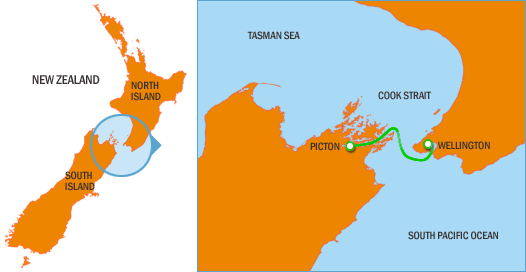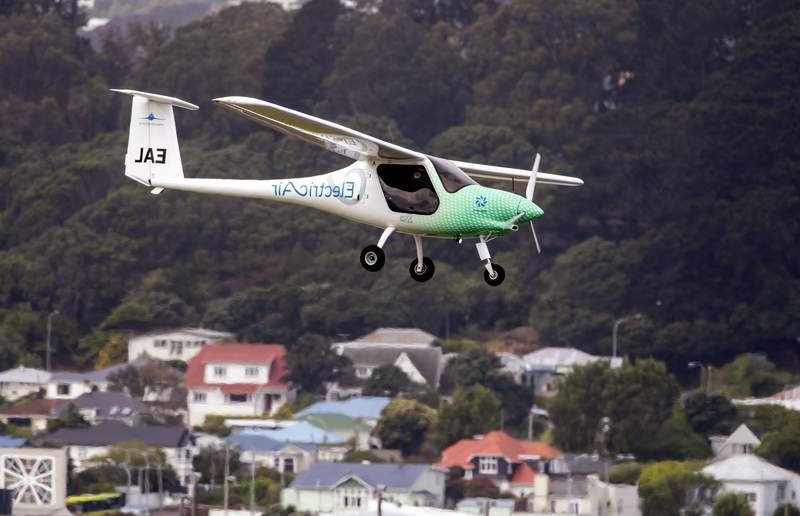An electric plane has successfully crossed the Cook Strait, linking New Zealand’s islands
The following written content from Thomas Bywater
The Pipistrel Alpha Electro is the first battery-powered, emission-free plane to make the flight across the strait.

ElectricAir founder and pilot Gary Freedman will be departing Omaka airfield on Monday morning in the electric-powered Pipistrel Alpha Electro aircraft for a historic flight across the Cook Strait. BRYA INGRAM/STUFF
On Thursday morning pilot Gary Freedman had the jitters. Not because of the flight or the distance, but because the Christchurch-based ElectricAir was waiting on checks, weather windows and a potential Covid outbreak in the South Island.
Scheduled to happen on Monday, the trip was all still “up in the air”.
“In this environment, the plan changes almost day by day,” said Freedman, who had been looking forward to the flight since it was first postponed last year.
“It’s more symbolic, to be honest. The plane can do that distance and more.”
He told the Herald on landing the flight was “epic”.
“It was so much fun, I loved it.”
There was a spot of rain halfway through which Freedman says is “never good” – but the journey was symbolic nonetheless.
“The first thing I saw was the turbines turning and that was just so symbolic of why we’re doing that, seeing that renewable energy being generated.”
he small plane with a cruising speed of 150km/h isn’t that much faster than the Le Rhone Avro biplane that captain Euan Dickson used for the journey 100 years ago. But it’s an exciting direction for travel.
Electric aircraft are something a lot of Kiwis have high hopes for. Not least, Sounds Air and Wellington Airport, which aim to electrify their operations across the link.

Replacing short-haul electric flights would be a huge climate goal for New Zealand. Even just across the strait.
“The Cook Strait is one of the reasons Kiwis fly so much,” says Freedman. “We have one of the highest short-haul flights per capita anywhere in the world.”
Building what he calls an “electric bridge” between the islands would be a great help in keeping essential emissions down.
Preparing to fly the same route from 2026 with electric passenger planes currently on order from Heart Aerospace, Sounds Air will be watching closely. The airline’s chairman Rhyan Wardman said they were “committed to the advancement of electric flight in New Zealand.”
“Sounds Air have been great,” says Freedman. “They’ve been working with us on this, taking some of their pilots to see the plane and flying it.”

While the Pipistrel light aircraft might not be capable of carrying more than two people, the trajectory of electric flight is only upwards. Wellington airport intends to have infrastructure for 19-seater electric passenger planes in five years’ time.
ElectricAir, which runs flight school and training in electric aircraft, sees students increasingly looking to get experience in the Pipistrel Alpha Electro.
“A lot of the pilots that we’ve been training over the past year know that it’s something they will need on their CV,” says freedman.
One hundred and one years, ago the plane of Euan Dickson made the 78km flight in a cruisey time of four and a half hours. He couldn’t have imagined that 100 years later you could fly from Wellington to Sydney in less time, or that someone would be getting ready to repeat his journey in an electric aircraft. Read more from NZ Herald





